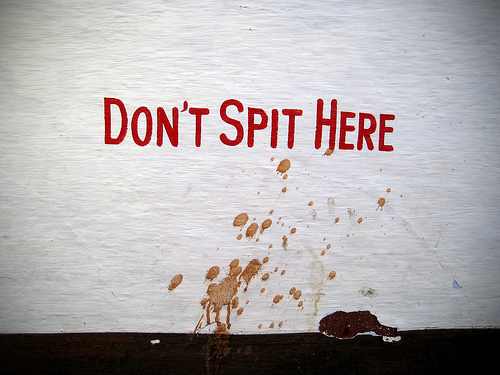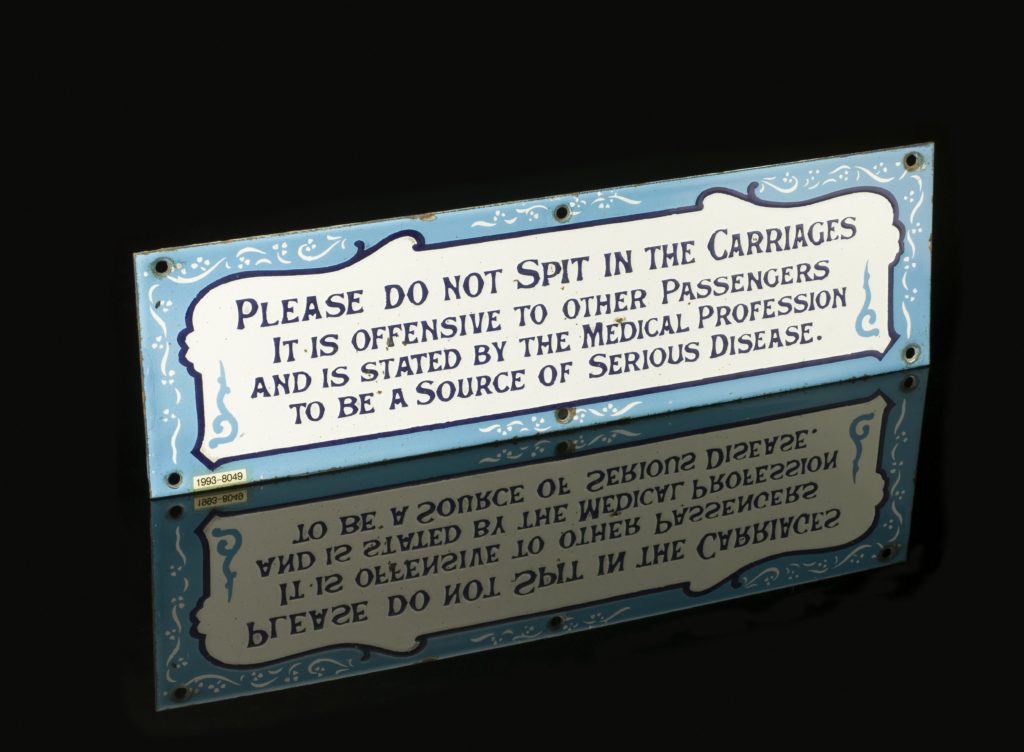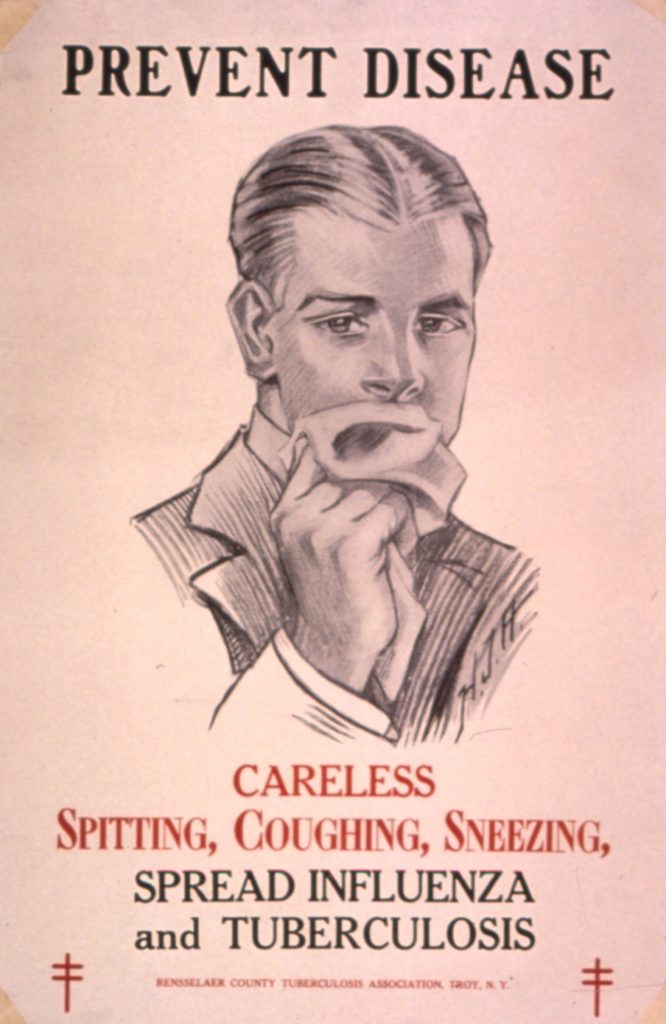
We’ve discussed hygiene in relation to the Ebola virus in an earlier MIOT International post. This one is about spitting – and even coughing and sneezing – carelessly.
First things, first. What is spitting? Spitting is the forceful ejection of something – such as saliva – from the mouth.
All of us spit, but even as early as the 1700s, spitting was seen as something to be concealed. By 1859, spitting in public was considered vulgar and to this day, it is considered a universal sign of anger, hatred or disrespect. In the west, in the 1900s, spittoons were placed in public areas to be used as receptacles for spit. These became less common after the influenza pandemic that took thousands of lives between 1918 and 1920.
Airborne Diseases
Regardless of the cultural norms in different parts of the world, there is no escaping the fact that spitting anywhere – except where it can be flushed away immediately – presents health hazards. Airborne disease such as tuberculosis (TB), chronic obstructive pulmonary disease (COPD), severe acute respiratory syndrome (SARS) and influenza.
The Burden of Tuberculosis
The UN marks World Tuberculosis Day on 23 March. Tuberculosis is an infectious, airborne, bacterial disease characterised by the growth of tubercles (nodules) in the tissues. Although it commonly affects the lungs, the bacteria can develop in any part of the body – the kidneys, lymph nodes, bones, joints, etc.
India bears the highest burden of TB in the world with two million cases annually and one fifth of the total incidence worldwide. Besides coughing, sneezing and even talking, spitting is a major cause for the release of the mycobacterium into the air. The people who breathe this air become infected with the bacteria and develop tuberculosis. Anyone showing symptoms of tuberculosis must get checked for the disease. These include chest pain, persistent cough (with or without blood), night sweats, lack of appetite, weight loss and fatigue.
MIOT International remains vigilant and prepared to detect and treat tuberculosis in any of its forms.
Is it Our Culture?
India is a pan-chewing nation. Sadly, very few pan-chewers use a spittoon to dispose off that red ‘juice’; they simply aim for the corner on the stairs or elevator, or just lean out of the window of a moving vehicle.
Surely, you have noticed those slimy red stains and globs of saliva streaking the walls in almost every public building and elevator. Most of us find sputum on the road, on the pavement, or on the stairs disgusting. But forget the ‘ugly’ and ‘disgusting’ aspects of this habit; sputum is alive with bacteria that causes airborne diseases including the common cold, sore throat and fever.
Cough Etiquette and Respiratory Hygiene
“TB can be spread when a person with infected lungs coughs, spits and hawks up phlegm from the throat creating droplet suspension in the air which can be breathed in,” held a spokesperson for the UK’s Public Health Laboratory Service.
At MIOT International, we firmly believe that most diseases, including TB, are preventable and treatable with awareness and hygiene.
Basic Precautions Include:
-
If you must spit, do so where the saliva can be flushed away immediately.
-
If this is not possible, spit into a tissue and make sure it is disposed off safely.
-
Cover your nose and mouth when coughing or sneezing. If you do not have a tissue handy, cough or sneeze into your upper sleeve or elbow.
-
Never sneeze into your hands.
-
Ensure that you wash your hands often.
-
Use a hand sanitiser and antiseptic wipes to clean your hands and the surfaces you touch.



